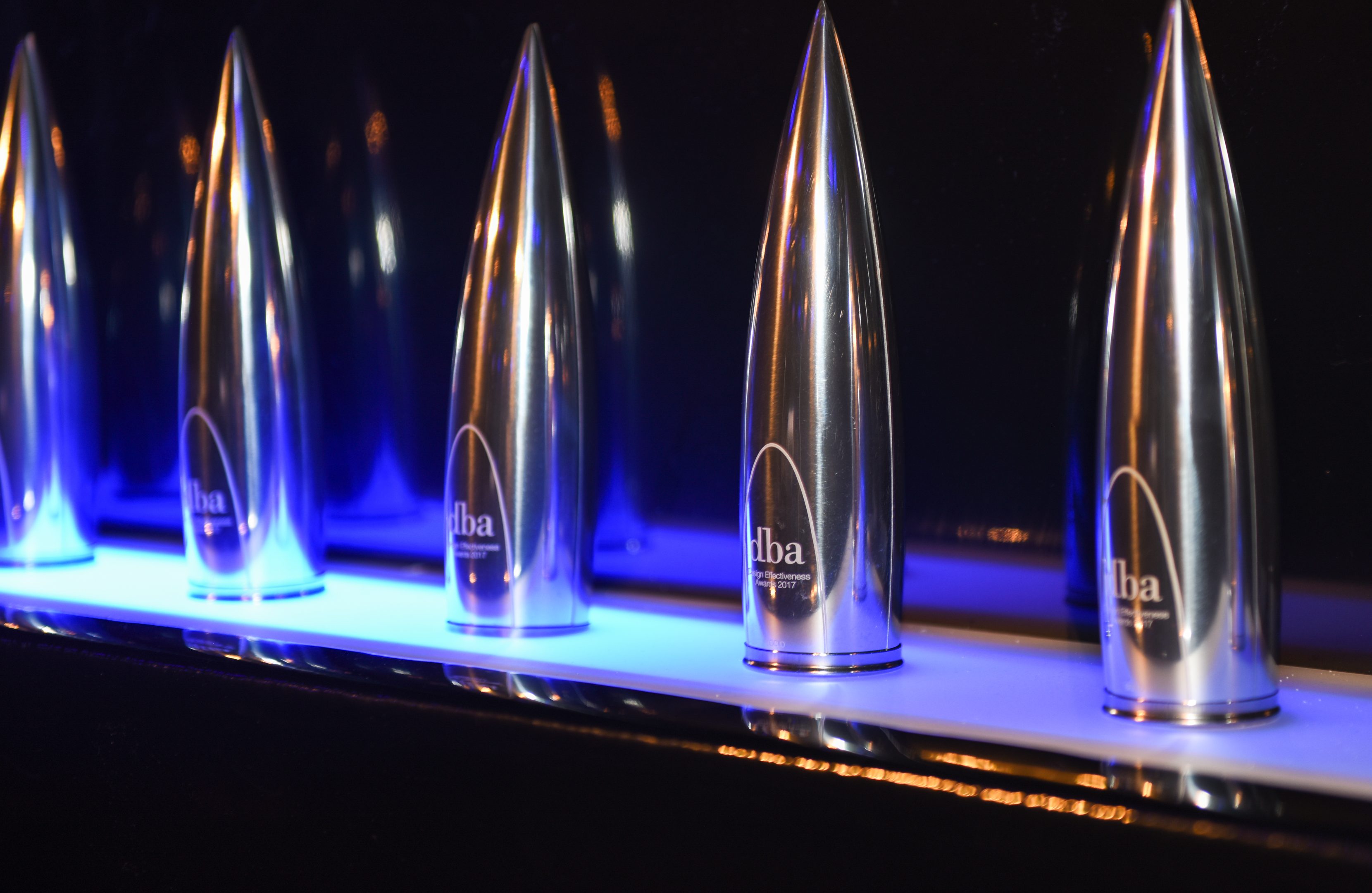
The secret to capturing data on design effectiveness
By Adam Fennelow, Head of Services, DBA
On a recent holiday to Italy, my elderly parents had driven into an ancient hilltop town in their tiny hire car and got hopelessly lost trying to find their hotel – ending up driving down pedestrianised cobbled streets barely wider than their vehicle.They stopped to ask directions from an old man sat on a step. His response, once translated, was classic – “To get there, you don’t start from here” As with medieval Italian towns, so with gathering design effectiveness data.
Whilst watching the winners take to the stage at the recent DBA Design Effectiveness Awards ceremony having resoundingly proven the commercial impact of their work, I began thinking of the number of times I have sat in meetings and heard the lines,
“Ah, but it is impossible to get the clients to release the stats” or
“The client is too busy on the next project to look back at the past one for us”, or
“The client doesn’t measure anything.”
If the journey is started in the right place these excuses become irrelevant.
It made me think of how many agencies are missing out on the opportunity to prove the value of their design work to clients, because they are held back by starting in the wrong place. They’re trying to reverse their way back down that cobbled alleyway.
To look at a recently launched project that you are proud of and think, “that is doing well, I bet that would make a great effectiveness case study, lets see if we can get the data from the client” can work, it can bear fruit, but in a time poor world, it’s a risky route to take, often mired by similar scenarios as I mentioned above.
Create the success
The solution to this in fact is simple. It will inject effectiveness into every project you work on, it will build client relationships, help you maintain those relationships after the project is over and enable you to win new clients. It is so simple I am stunned at how few agencies do it.
Instead of retrospectively asking for data once a project looks successful you need to start every project as if you are going to enter it into the DBA Design Effectiveness Awards. Whether you enter is by-the-by – the outcome will be effectiveness based case-studies that will strengthen the agency/client relationship, deliver new business to the agency, and prove the design spend ROI to the client.
Those agencies who follow this model do very well. And it’s not complicated. From the very first meeting have a template form so that you not only ask, but also log the response to, those important initial brief setting questions:
- What are you trying to achieve?
- What will success look like?
- How do you quantify that?
- If that is your goal, what is the situation now?
- What are the figures around your starting point?
Everyone needs to know where the finish line is, but just as important is where the starting line is. Dig down as much as possible to understand the underlying facts behind the need for your service. Interrogate what they want to achieve, but also question their position at the moment – why are they wanting change? Why are they investing in design?
Keeping your eye on the ball
‘But we do this already’ many may say. And they may – up to a point. They ask the questions, interrogate the brief, dive into the project and then half way through everything is forgotten. The responses to these questions and the data that supports and contextualises them (insist on data – this is your starting line) needs to be logged and returned to frequently throughout the duration of the project – it will be the linchpin to determine commercial success.
But this process does more than that. By asking these questions you are investing yourselves in your client’s project. You are buying into their targets, their goals, and you are saying, ‘we can get you there’. That is peak agency/client collaboration. And it builds the type of trust and confidence between both parties that delivers truly transformative design.
Beyond launch
By having the starting point data, and clear, measurable business objectives at the start of the relationship you can build these into the brief. You can also explore ways to extrapolate other factors that may also influence the results – a post-launch period before any advertising or promotions kick in for instance.
And then in the months and even years after launch you’ll have ample opportunity to keep the relationship alive by checking in on progress, because both you and your client have a vested interest in the outcome.
